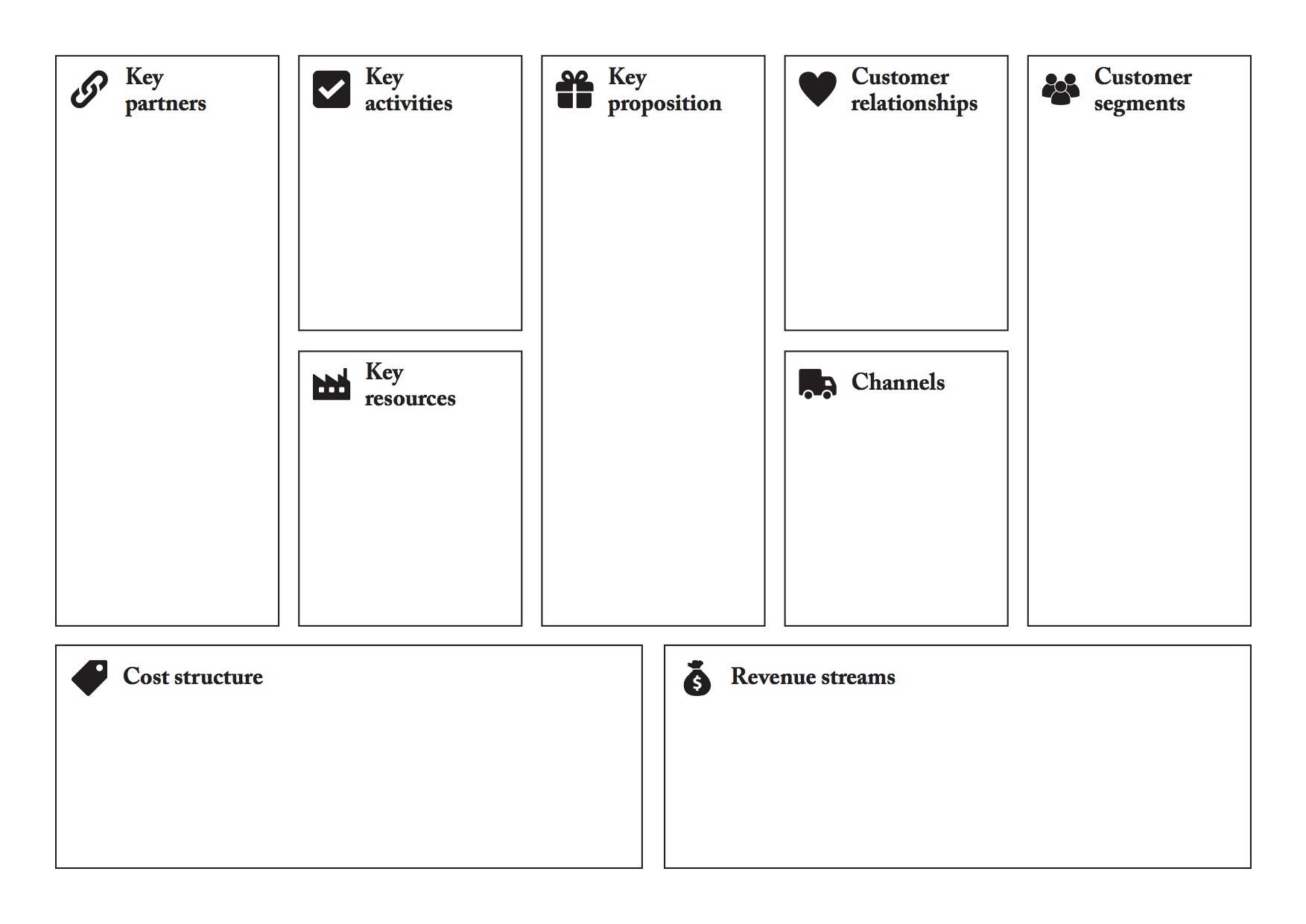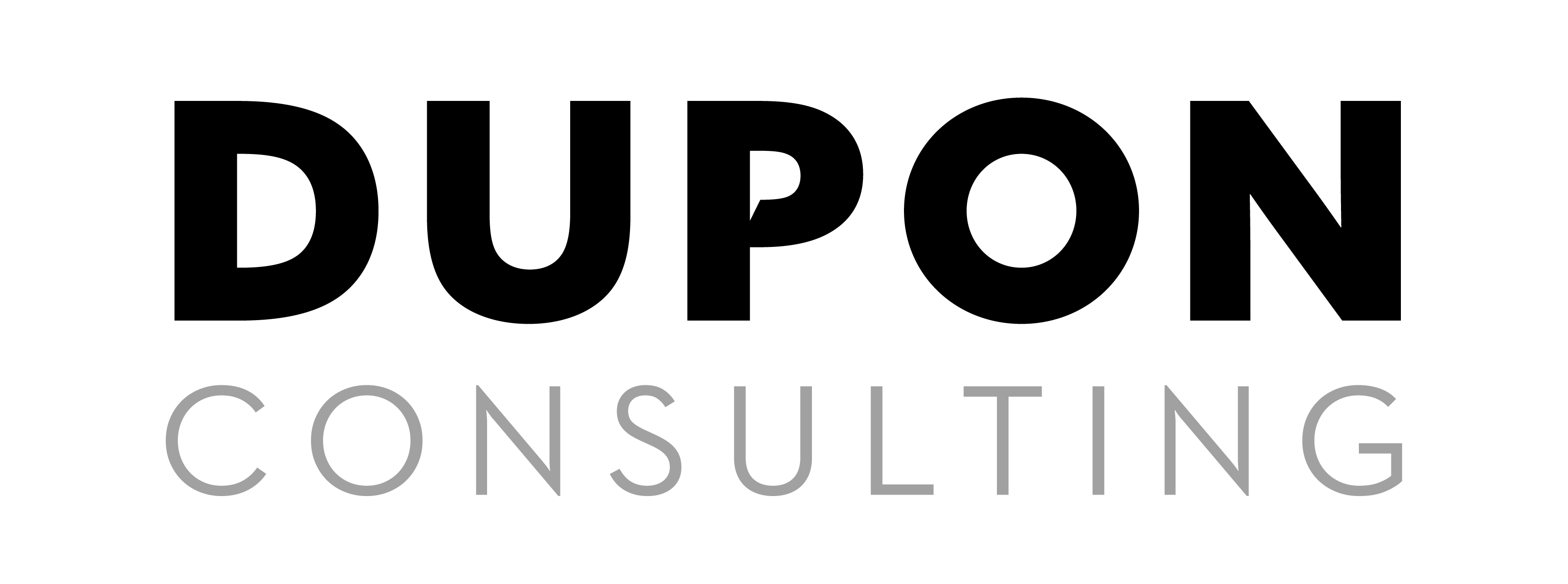
Executive Management
Maintaining or improving the level of profitability with regard to the shareholders can only be achieved with satisfied customers, suppliers and co-workers.
Shareholders hire executive managers in order to lead their company successfully. The executive management team determines the strategical vision of the organisation. In line with this vision, the objectives are set and the necessary short-term (12 – 18 months) and medium-term (2 – 5 years) steps are pointed out as well. The entire organisation converts these objectives into specific tasks, projects and programs. In order to monitor the situation, the executive management defines KPIs which are to be communicated within the organisation top-down. KPIs should regularly and correctly be measured in order to anticipate in time wherever appropriate. A six-monthly review based on a rapidly changing market is also necessary.
What do I do on the customer side:
As an executive manager I actively participate in drawing up a business model (canvas) to describe how an organisation creates added value, delivers added value and keeps this value. The business model is a blueprint for the strategic vision that will be implemented. Based on this vision I elaborate the objectives according to the “SMART” principle. In order to monitor the current status I determine relevant KPIs. These may include: turnover, delivery performance (OTO/OTQ), order book, complaints management, customer evolution, financial results, variable costs, energy, absenteeism, frequency rate, stock value, …
Achievements:
- Technical director in a hospital: practical implementation of the master plan according to the health care strategy
- Group operational director in the plastics industry: transferring the strategical vision into objectives for all facilities in Belgium and in Romania
- Office manager in the electrical sector: determining the business plan based on the elaborated canvas business model
- Developing a maintenance plan and a maintenance policy for a hospital
- Generating intercompany profit
- Presenting a scoring system for EHS
Veelgebruikt model bij Executive Management: het Business Canvas Model
Het business canvas model bestaat uit 9 bouwstenen. Deze 9 bouwstenen beschrijven de manier waarop een organisatie waarde creëert, levert en behoudt. Onderaan het model worden de kosten en opbrengsten weergegeven, centraal de waardenpropositie, links de bouwstenen die nodig zijn om de waarden tot stand te brengen en rechts de relaties met (potentiële) klanten en de manier van leveren. Het model wordt zo op een beknopte en overzichtelijke manier in kaart gebracht. Eenmaal de 9 bouwstenen goed gekend zijn, is men in staat om het business canvas model constant aan te passen om in te spelen op de behoeften van de markt.

